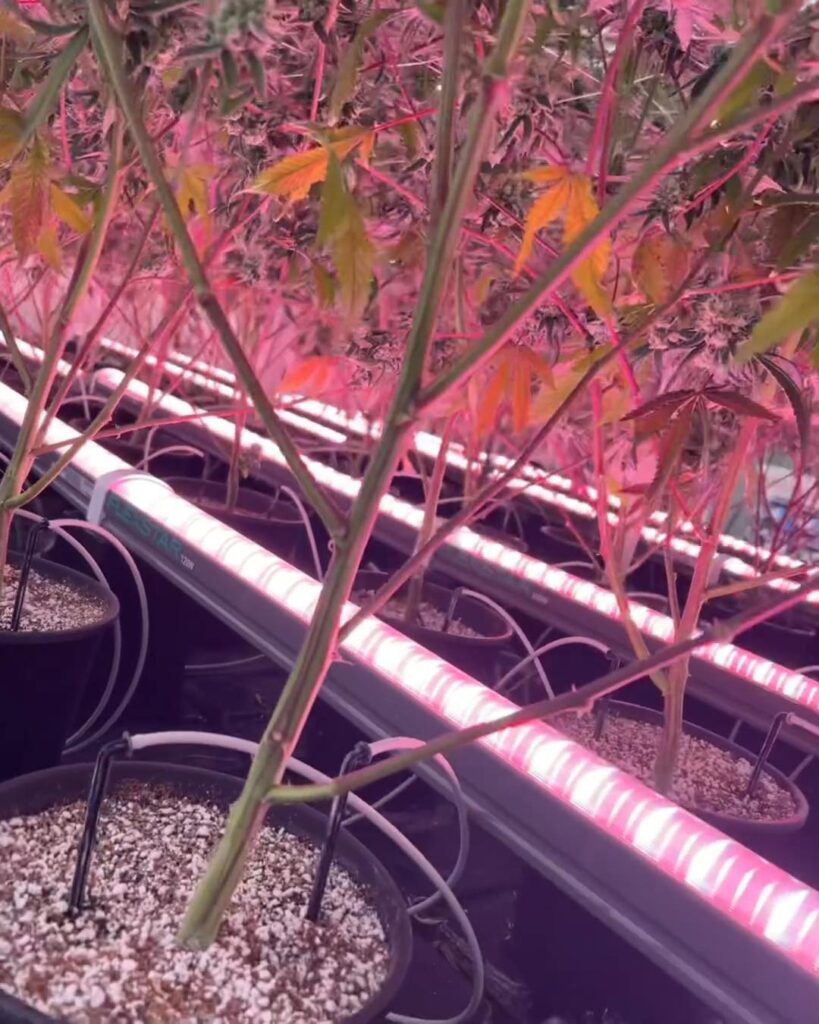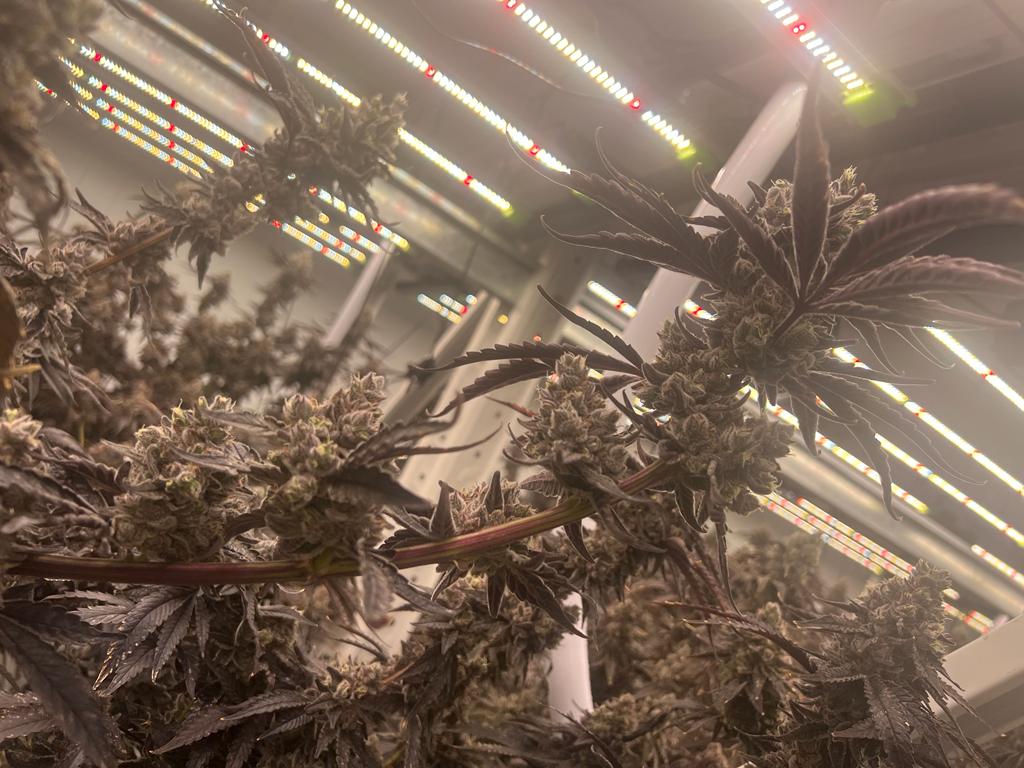
Introduction
Growing high-quality cannabis with impressive yields can seem like a complex task, but with the right strategies, it’s entirely achievable. Whether you’re a seasoned cultivator or just starting out, these 8 proven methods will help you boost your cannabis yield and quality. From selecting the best lighting to optimizing your growing environment, we’ve got you covered.
1. Light Management
One of the most crucial aspects of cannabis cultivation is light management.
1.1 Types of Grow Lights: Top lighting like LED, HPS, and supplemental lighting like UV, Far Red, IR and under canopy light all have their benefits.
LEDs are generally favored for their energy efficiency, spectrum control, less heat and longevity, especially in indoor and controlled environment cultivation applications.
HPS remains a popular choice for growers seeking high light output and cost-effective solutions for promoting plant growth and flowering.

Far Red Bar
- Wavelength: Typically around 700-800 nm.
- Purpose: Enhances certain physiological processes in plants, such as flowering and elongation.
- Benefits:
- Promotes flowering and can manipulate the flowering time.
- Aids in the shade avoidance response, causing plants to stretch and grow taller.
- Can enhance the overall efficiency of photosynthesis when used in conjunction with other light spectra.
- Common Uses: Often used to manipulate photoperiods and improve flowering in greenhouse and indoor growing setups
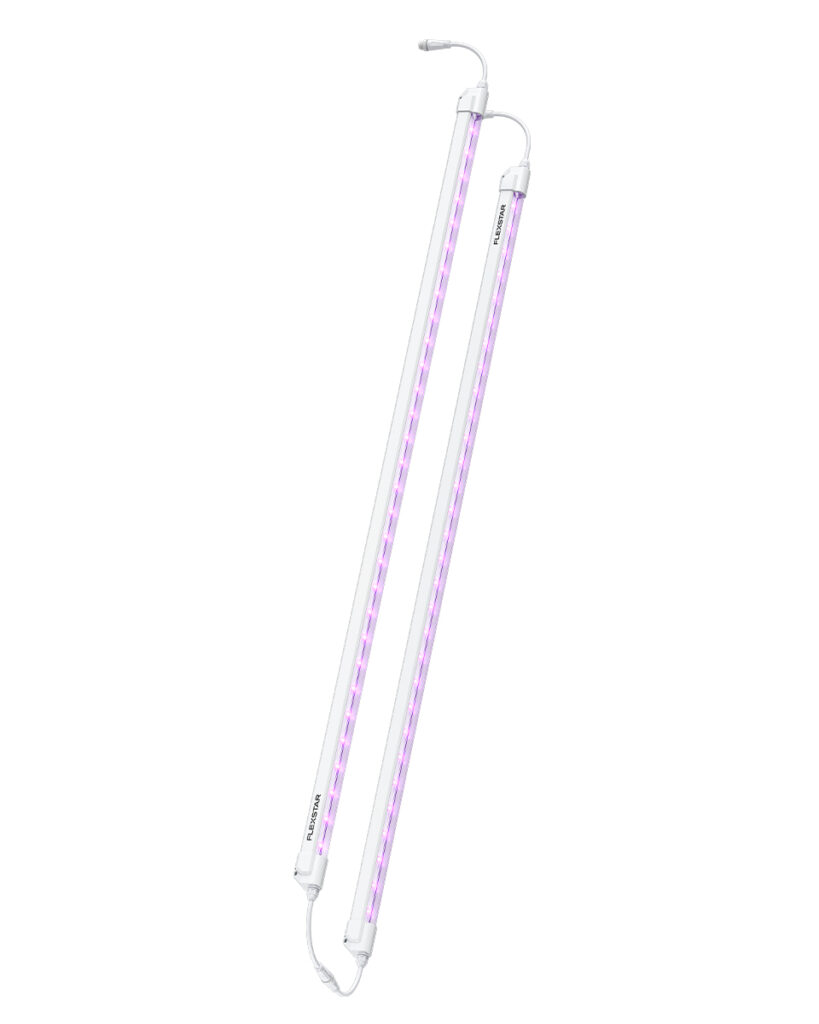
UV Light(Ultraviolet light)
- Wavelength: Typically in the range of 100-400 nm, with specific interest in UV-A (320-400 nm) and UV-B (280-320 nm) for plant growth.
- Purpose: Influences plant growth, defense mechanisms, and secondary metabolite production.
- Benefits:
- Enhances the production of secondary metabolites such as flavonoids, terpenes, and cannabinoids, which can improve plant quality and resistance to pests and diseases.
- Can strengthen plant cell walls, making them more resilient.
- Common Uses: Used to improve plant quality and stress tolerance, particularly in the cultivation of crops where secondary metabolite production is important, such as medicinal plants and herbs.
Under Canopy Lights
- Purpose: Placed below the canopy to provide light to the lower parts of plants that typically receive less light.
- Benefits: Enhance uniform bud development, improve nutrient uptake, penetrate deeper into the canopy, and increase yield by delivering light to lower branches and bud sites.
By understanding and leveraging the advantages of each type of light, you can optimize the growth, improve bud quality, and increase overall yield.
1.2 Light Cycles: Cannabis plants need different light cycles for different growth stages. Use an 18/6 light cycle (18 hours on, 6 hours off) for the vegetative stage and a 12/12 cycle (12 hours on, 12 hours off) for flowering.
2. Temperature and Humidity Control
Maintaining the right temperature and humidity levels is vital for healthy plant growth.
Ideal Temperature Range: Aim for 70-85°F (20-30°C) during the vegetative stage and slightly cooler temperatures during flowering to enhance bud development.
Humidity Levels: Keep humidity between 40-70% during the vegetative stage and lower it to 40-50% during flowering to prevent mold and mildew.
3. Soil and Nutrient Management
3.1 Choosing the Right Soil
The soil you choose can make a significant difference in your plants’ health.
Soil Composition: Use a well-draining soil mix with a balance of nutrients. Add perlite or vermiculite to improve aeration and drainage.
pH Levels: Maintain a soil pH of 6.0-7.0. Testing and adjusting pH levels ensure nutrient availability and absorption.
3.2 Nutrient Feeding Schedule
Proper feeding schedules are essential for robust cannabis growth.
Essential Nutrients: Cannabis requires nitrogen, phosphorus, and potassium, along with secondary nutrients like calcium and magnesium. Use a balanced nutrient solution tailored for cannabis.
Feeding Frequency: Feed your plants every 1-2 weeks during the vegetative stage and more frequently during flowering, depending on the nutrient requirements and growth stage.
4. Watering Techniques
4.1 Proper Watering Practices
Watering correctly is crucial to prevent root problems.
Water Quality: Use filtered or dechlorinated water to avoid harmful chemicals. Ensure the water pH is between 6.0-6.8.
Avoiding Overwatering: Allow the soil to dry out slightly between waterings. Overwatering can lead to root rot and other issues.
4.2 Drip Irrigation Systems
Drip irrigation is an efficient way to water your cannabis plants.
Benefits of Drip Irrigation: It provides consistent moisture to the root zone, reduces water waste, and minimizes the risk of overwatering.
Setup and Maintenance: Install a drip irrigation system with timers and adjust the settings to match your plants’ water needs. Regularly check for clogs and leaks.
5. Training and Pruning Methods
5.1 Topping and FIMing
Training your plants can significantly increase yields.
Benefits of Topping: Topping involves cutting the main stem to encourage the growth of multiple colas, resulting in a bushier plant with more bud sites.
FIMing Techniques: FIMing is similar to topping but involves pinching off a portion of the new growth, leading to multiple main colas without as much stress to the plant.
5.2 Low-Stress Training (LST)
LST is a gentle way to manipulate plant growth.
How to Perform LST: Gently bend and tie down branches to create an even canopy. This maximizes light exposure and promotes uniform bud development.
Advantages for Yield and Quality: LST can increase light penetration, improve airflow, and enhance overall plant health, leading to higher yields and better-quality buds.
6. Pest and Disease Management
6.1 Integrated Pest Management (IPM)
A proactive approach to pest control is essential.
Preventative Measures: Maintain a clean grow environment, use sticky traps, and monitor for pests regularly.
Biological Controls: Introduce beneficial insects like ladybugs or predatory mites to naturally control pest populations.
6.2 Common Cannabis Pests and Diseases
Knowing how to identify and treat pests and diseases is crucial.
Identification and Treatment: Learn to recognize common issues like spider mites, aphids, and powdery mildew. Use organic treatments like neem oil or insecticidal soap.
Preventative Strategies: Rotate crops, use pest-resistant strains, and implement strict hygiene practices to prevent infestations.
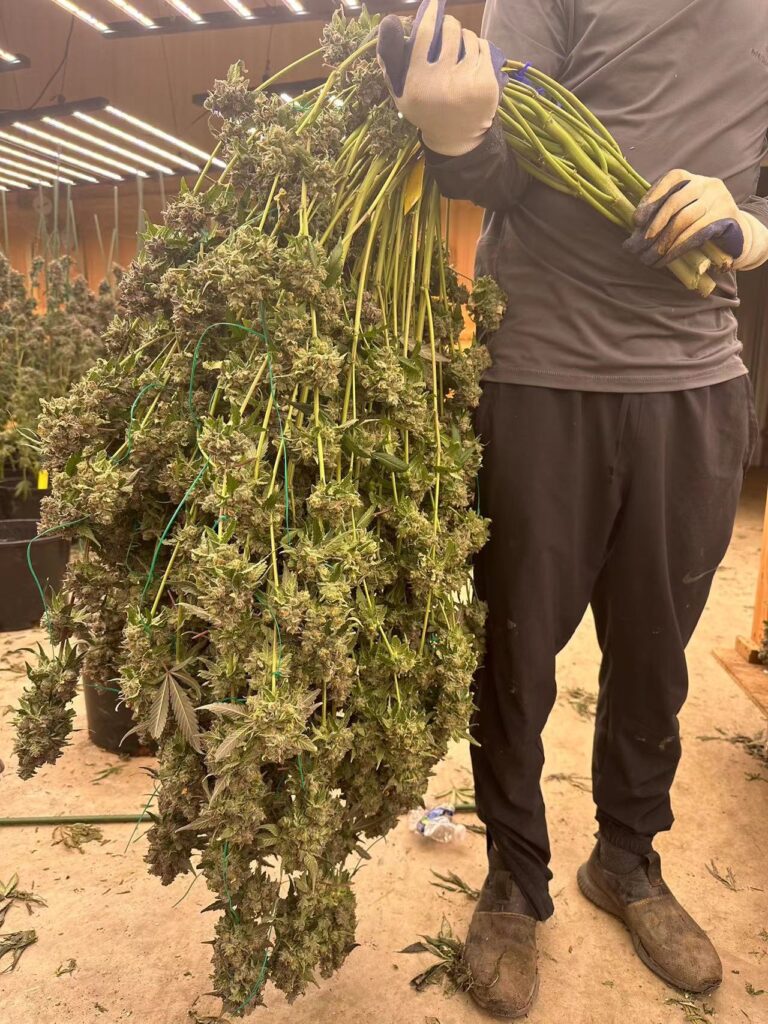
7. Harvesting Techniques
7.1 Determining the Right Harvest Time
Timing your harvest correctly is key to quality.
Trichome Color: Use a magnifying glass to check trichomes. Harvest when they are milky white with some turning amber for the best potency and flavor.
Pistil Development: Harvest when most pistils have darkened and curled in, indicating peak ripeness.
7.2 Proper Harvesting Methods
How you harvest affects the final product.
Cutting Techniques: Use clean, sharp scissors to cut branches. Handle plants gently to avoid damaging buds.
Post-Harvest Handling: Trim excess leaves and hang branches upside down in a dark, well-ventilated space for drying.
8. Drying and Curing
8.1 Drying Process
Drying is the first step in preserving your buds.
Optimal Conditions: Maintain a temperature of 60-70°F (15-21°C) and humidity around 50% for drying. Use fans to ensure good air circulation.
Avoiding Mold and Mildew: Check for mold daily and adjust conditions as needed. Remove any affected buds immediately.
8.2 Curing for Quality
Curing enhances the flavor, potency, and smoothness of your cannabis.
Importance of Curing: Proper curing breaks down chlorophyll and other compounds, improving the taste and burn quality of your buds.
Curing Methods: Place dried buds in airtight glass jars, opening them daily for the first few weeks to release moisture. Continue curing for at least 2-4 weeks for the best results.
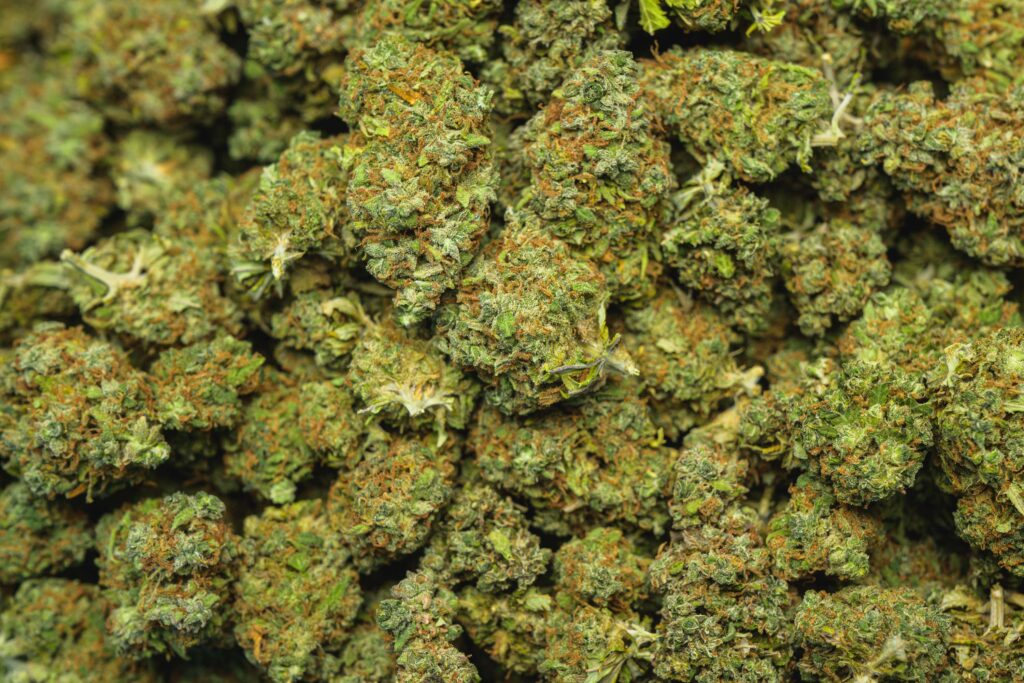
Conclusion
Improving your cannabis yield and quality is within reach with these proven methods. Start implementing these tips from now on, you’ll see significant improvements in your cannabis cultivation!

